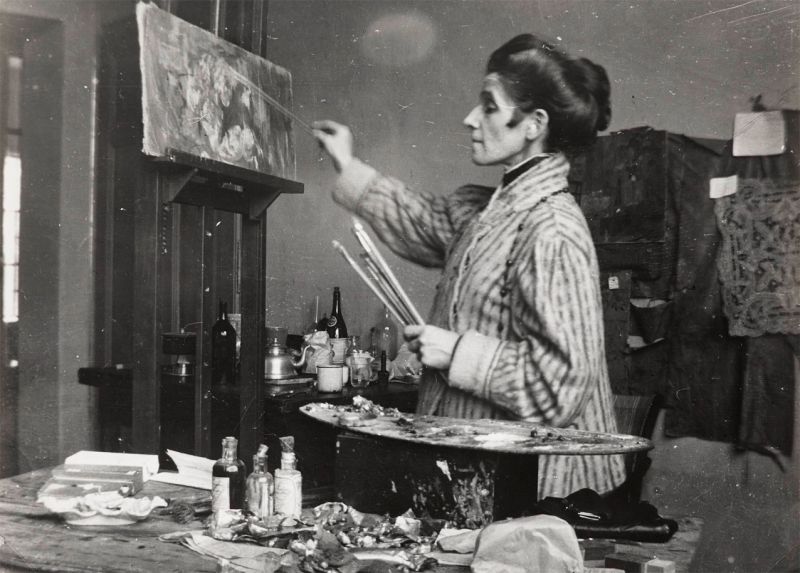Olga Boznańska. Kraków – Munich – Paris
Mediathek Sorted
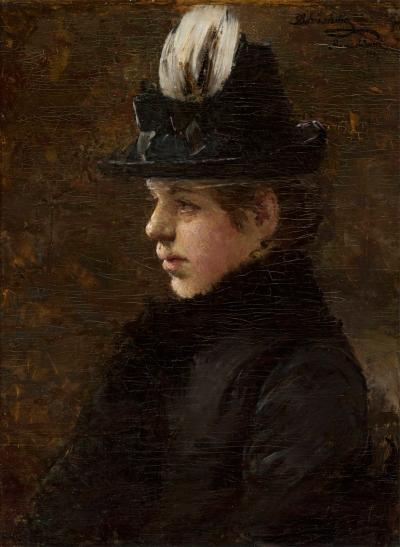
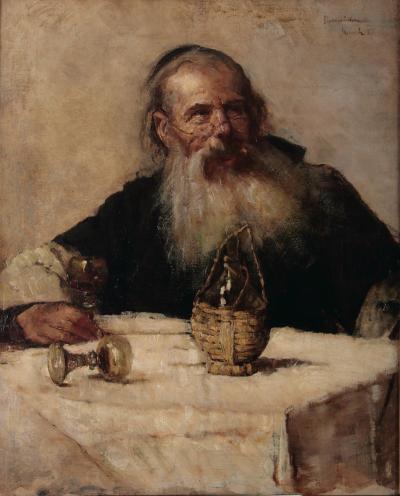
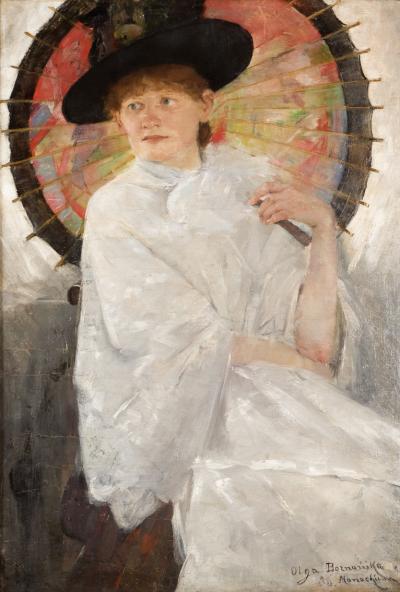
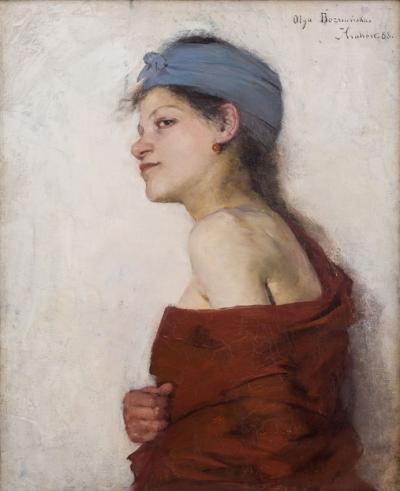
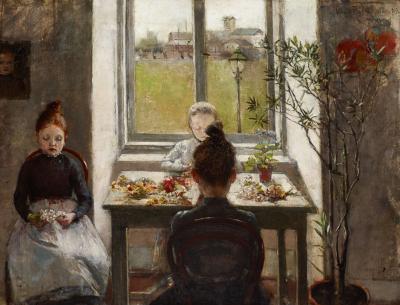
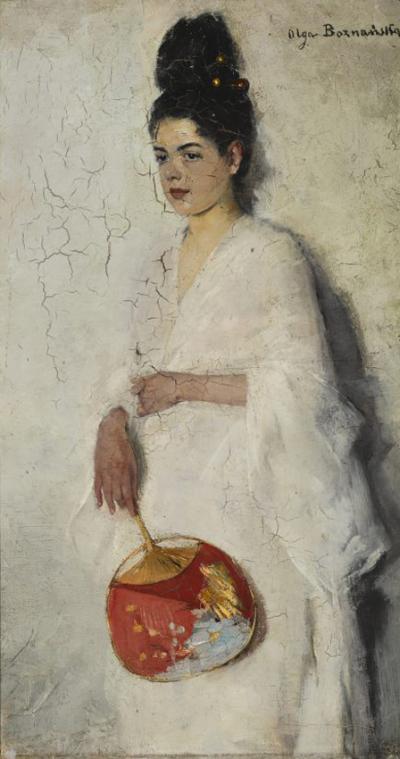

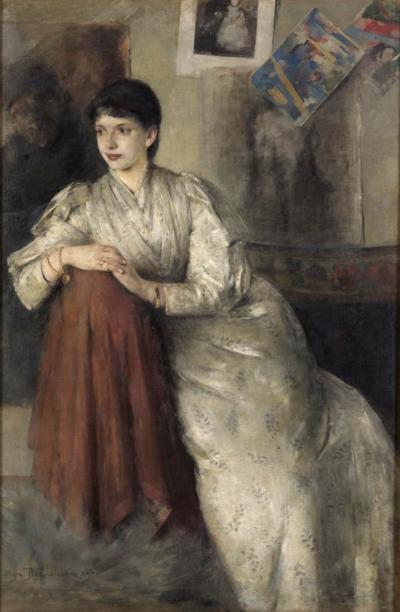
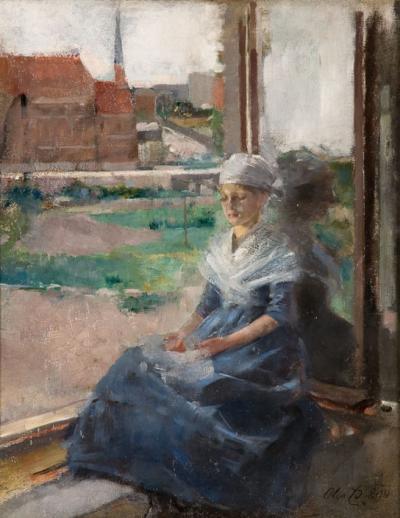
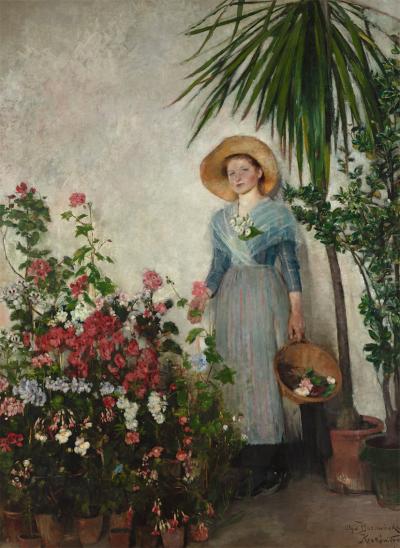
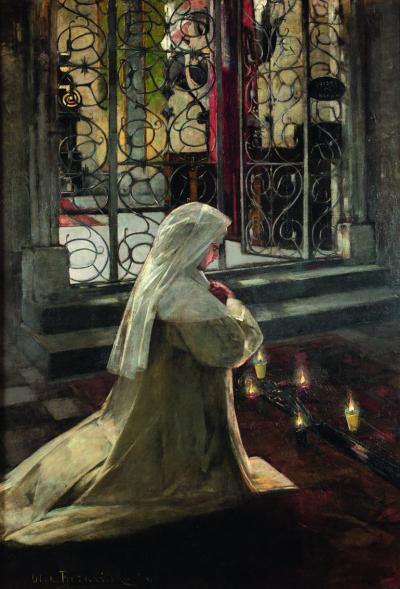
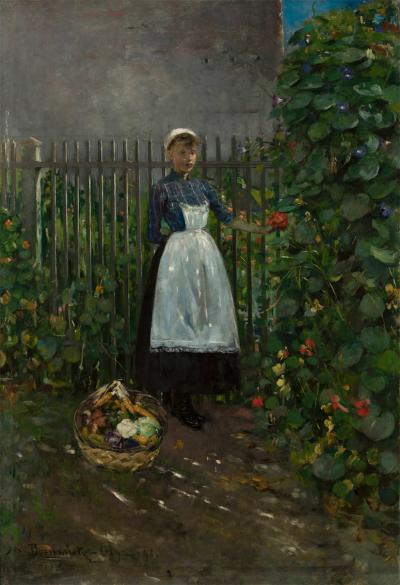
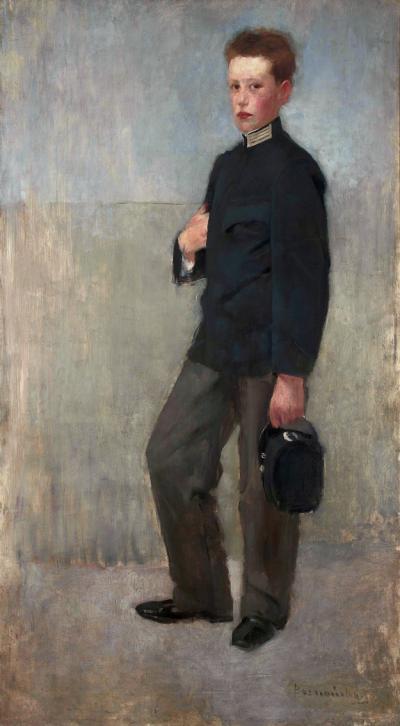
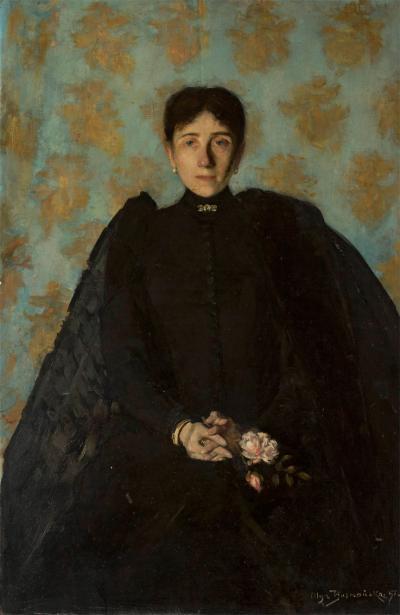
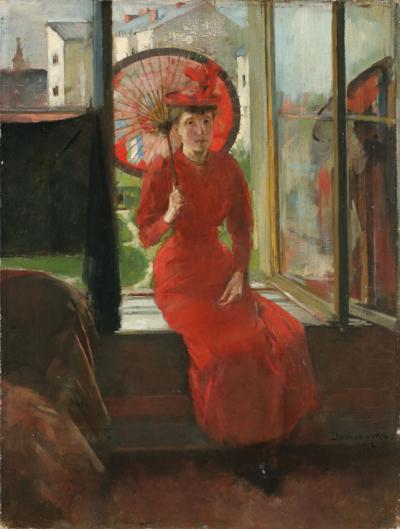
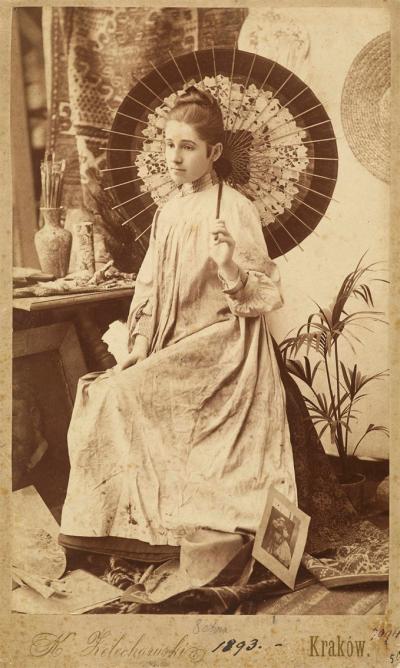
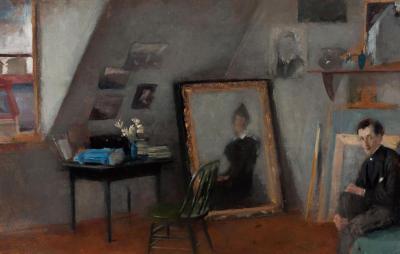
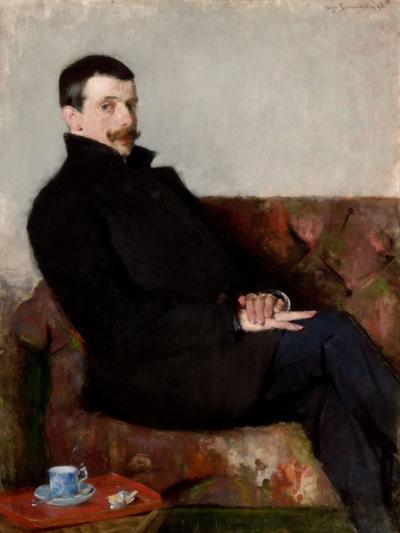
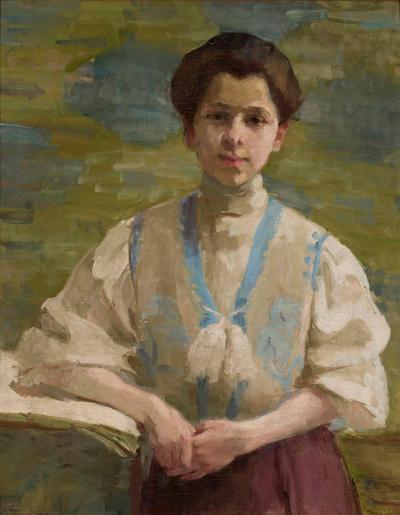
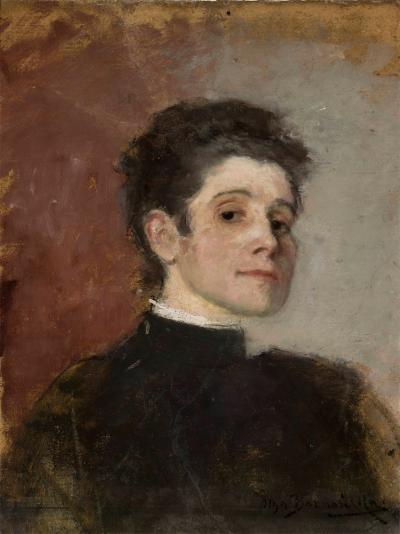
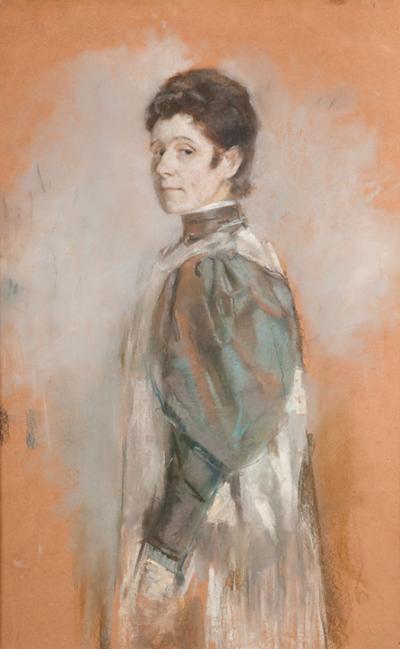
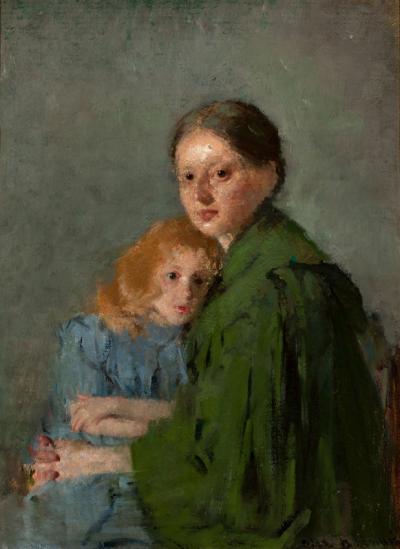
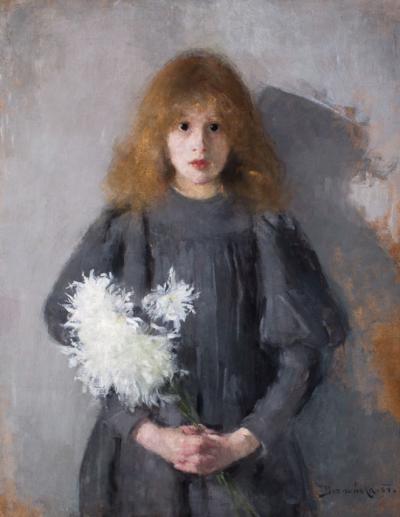
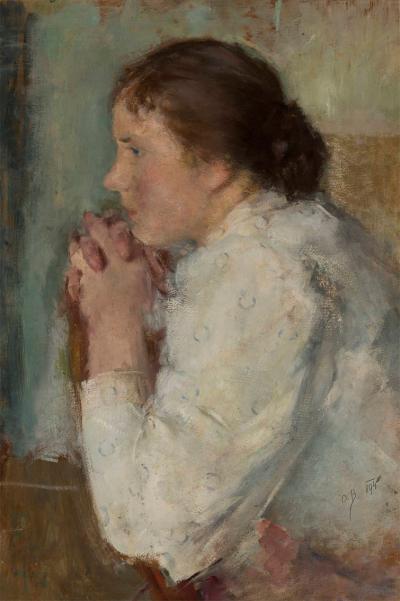
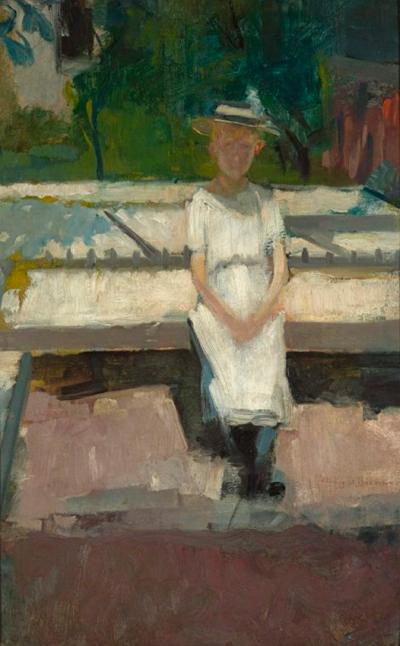
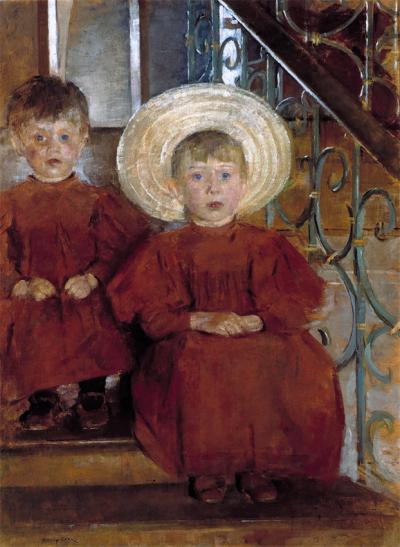

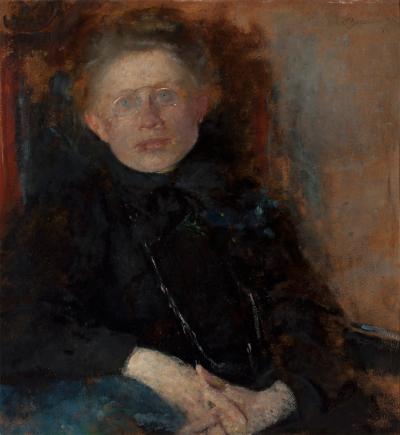
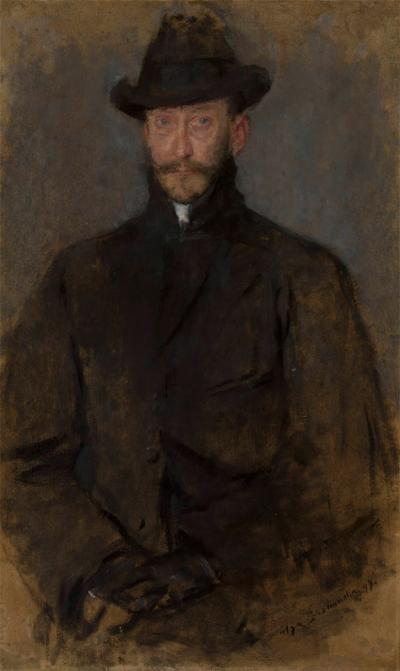
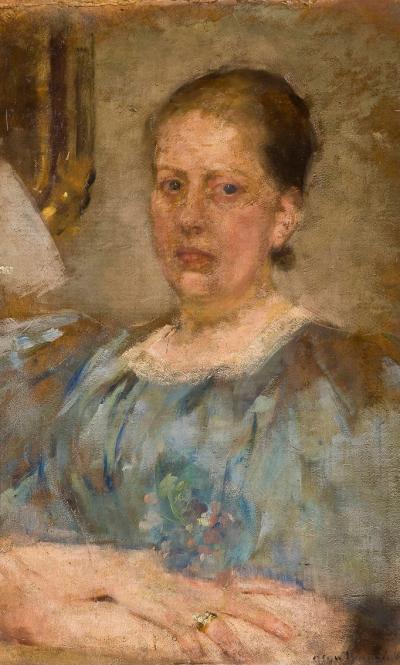
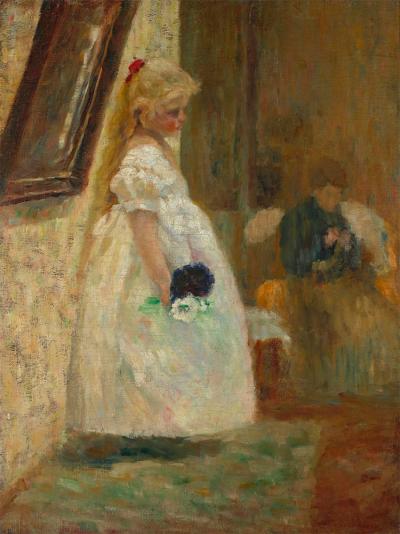

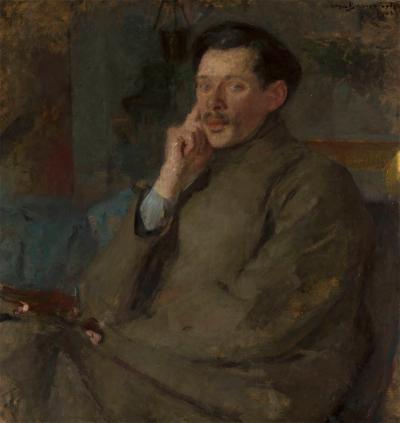
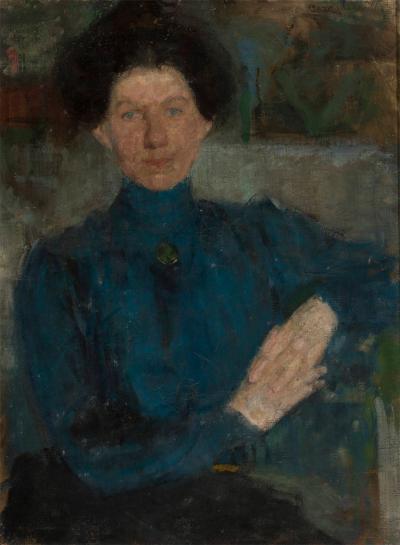
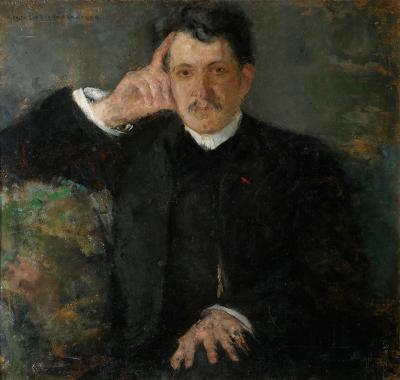
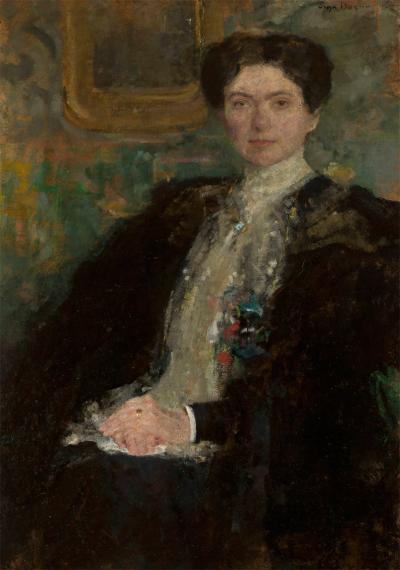
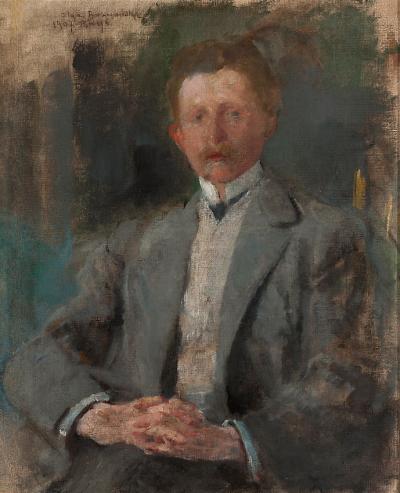
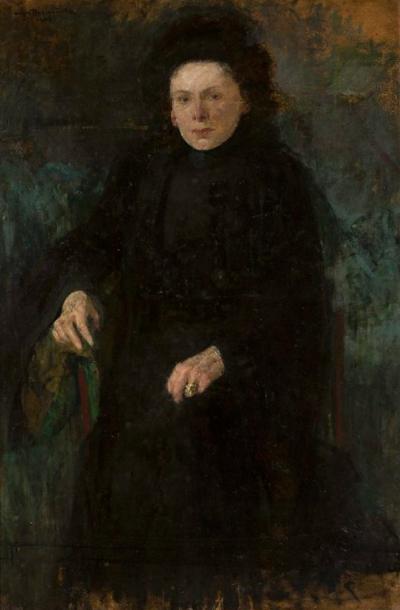
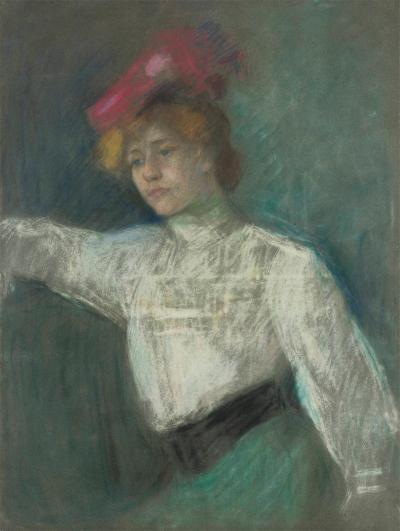
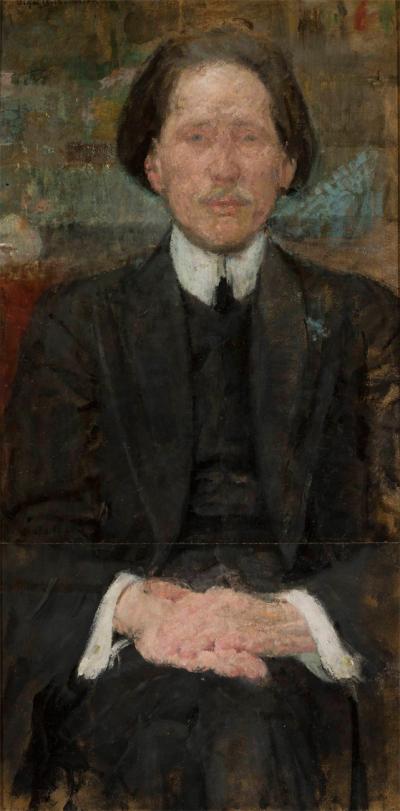


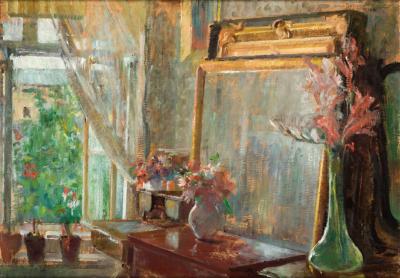
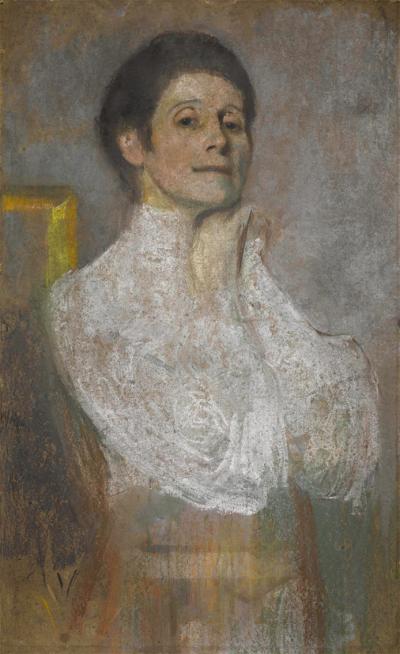
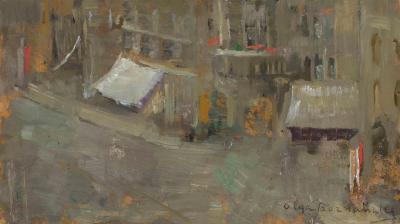
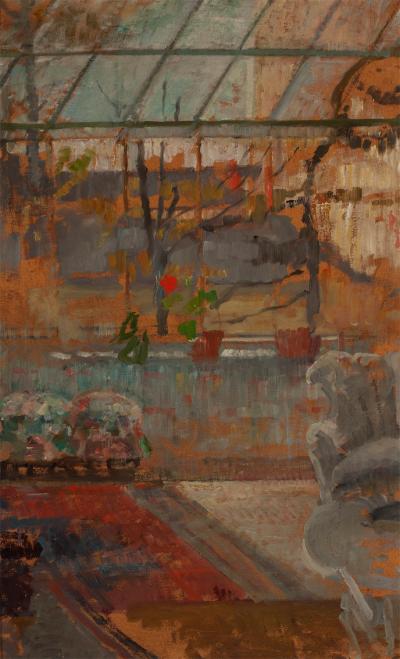
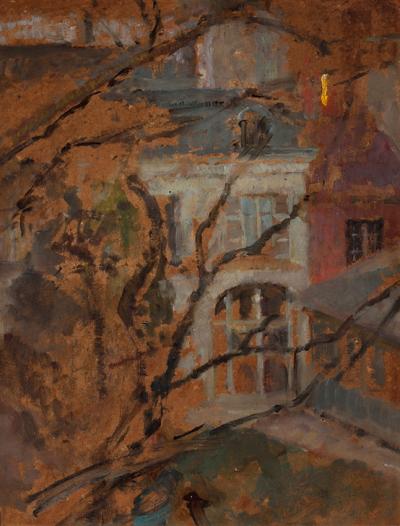
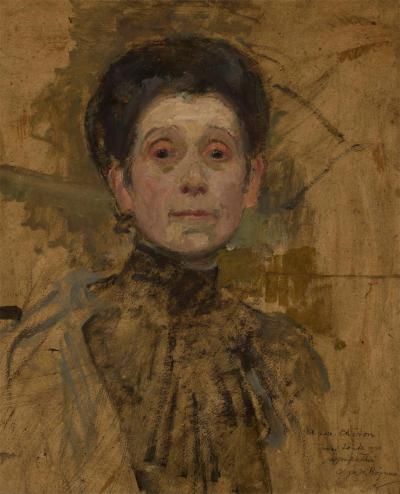
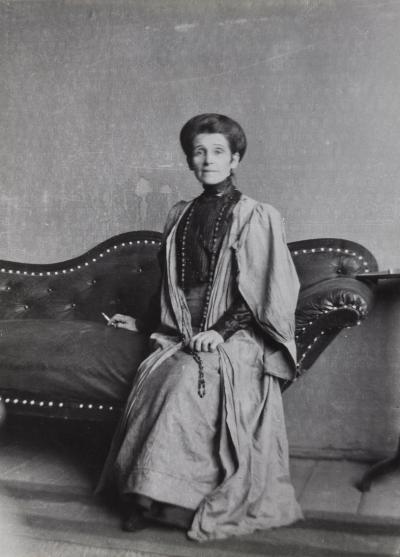
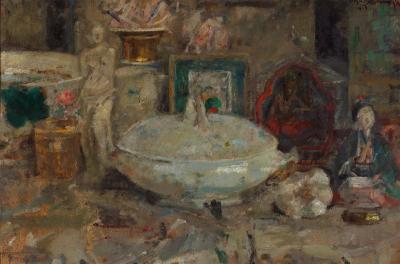
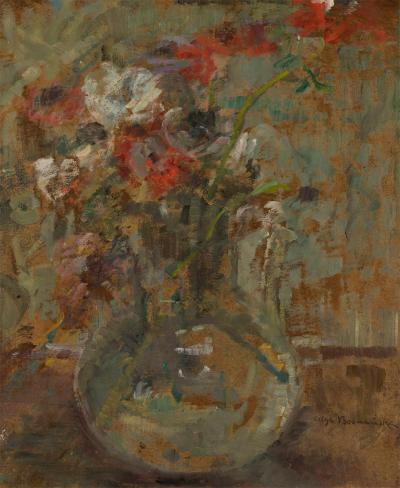
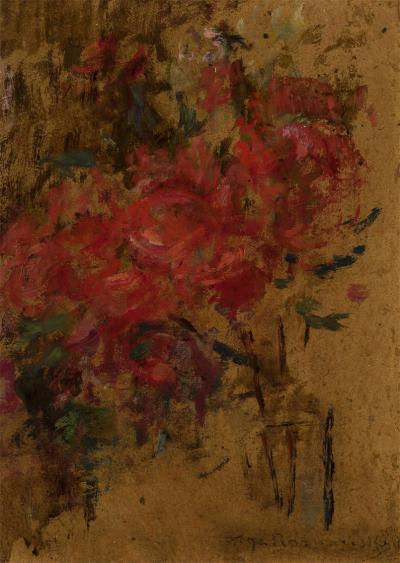
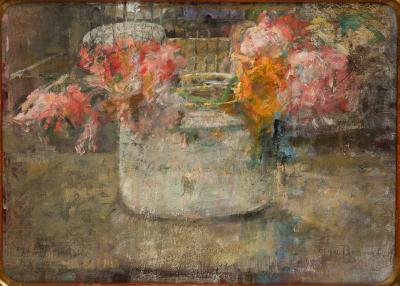

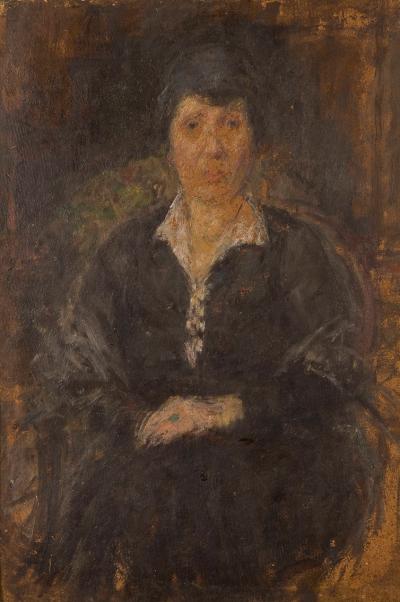
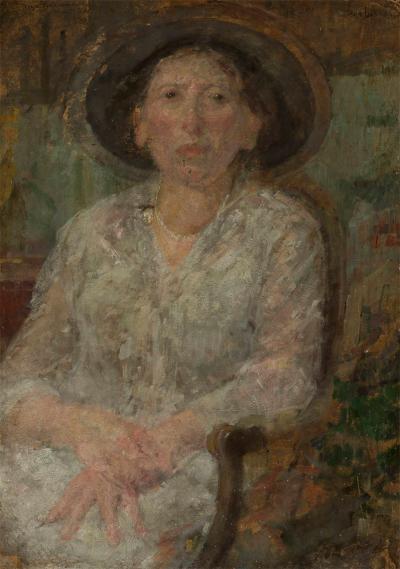
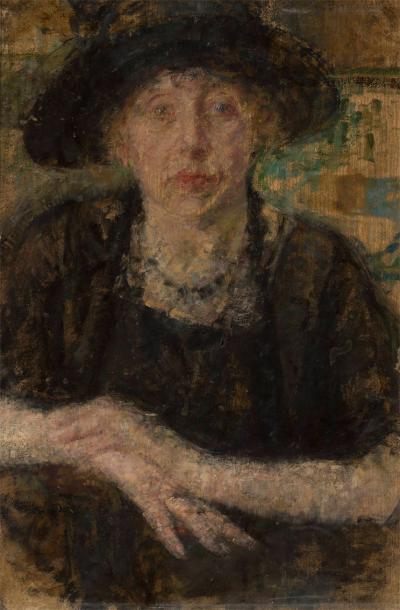
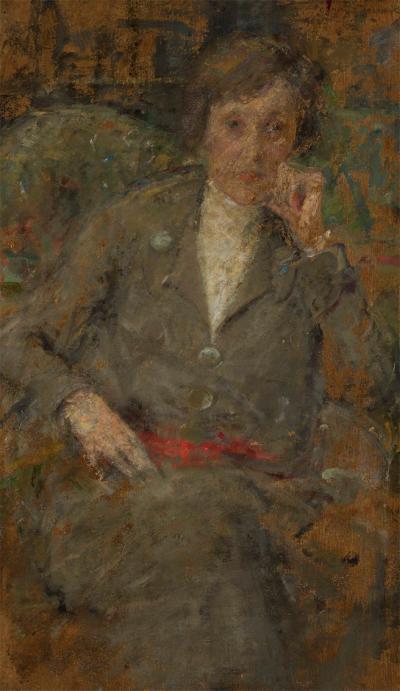
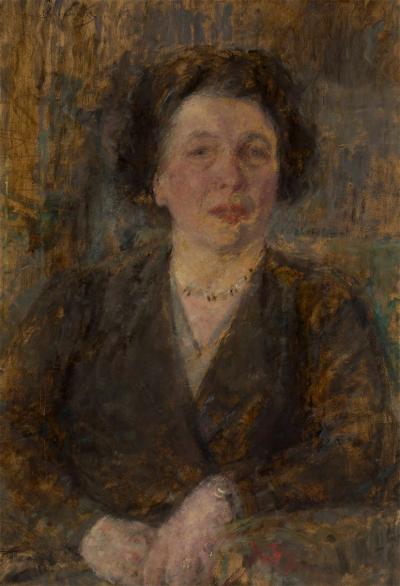
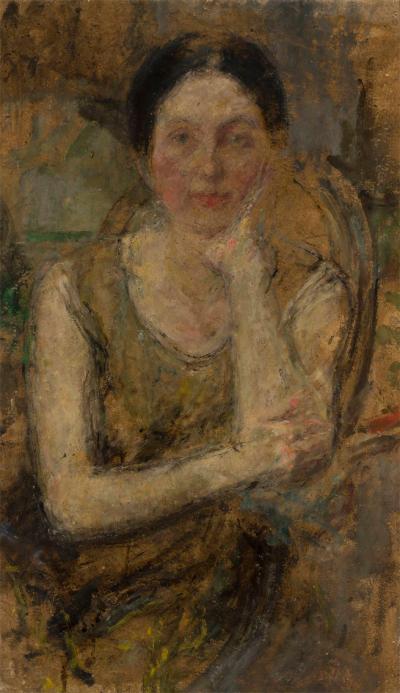


She astutely succeeded in placing her works in the most important European exhibitions. In 1900 pictures of children were shown at the Greater Berlin Exhibition of Art,[51] and her portrait of two “Italian Girls” was shown at the International Art Exhibition presented by the Munich Secession.[52] She received an Honourable Mention at the Paris World Exhibition for her works in the Austrian Section. She took part in an exhibition of Polish artists in the Galerie Georges Petit in Paris, and was awarded a gold medal for her works shown in the Women’s Exhibition at Earls Court in London. In 1902, along with the Polish Artists Association, Sztuka, she took part in the 15th exhibition of the Vienna Secession, and showed her works in the Galerie Schulte in Berlin. In the same year the young Polish sculptor, Bolesław Biegas (1877–1954), arrived in Paris, where he befriended Boznańska and her sister, and completed a bronze bust of the painter (Ill. 42). In 1903 two of her portraits were shown at the exhibition of the Berlin Secession,[53] and in 1904 one of her “girls” pictures was shown at the International Art Exhibition in the Düsseldorf Kunstpalast.[54] In the same year she became a member of the Société nationale des beaux-arts, where she had been regularly showing her works at exhibitions since 1896. In 1906 she travelled to Kraków for the burial of her father. Here she painted a view from her studio there (Ill. 43), and completed a self-portrait (Ill. 44).
Back in Paris she painted the view from her new studio on the Boulevard du Montparnasse (Ill. 45). In 1907 she took part in exhibitions on art by women in the Warsaw Zachęta and the Stedelijk Museum in Amsterdam. She received a medal for her painting of a “Woman in a Black Dress” (1906, privately owned), in the annual exhibition of the Carnegie Institute in Pittsburgh, where she had taken part for the first time in 1905. In 1908 and once again in 1912, she had her studio renovated in the attic of her parents’ house in Kraków (Ill. 46, 47). In 1909 she exhibited 29 works at a women’s exhibition in the Galerie le petit musée Beaudouin in the Rue du Faubourg Saint-Honoré. There followed exhibitions in Budapest, Berlin, Vienna and at the Venice Biennale (1910), in Rome (1911), in the Lyceum Club in Paris and in Amsterdam (1912). From October 1912 to March 1913 she lived in Kraków, and spent her summer holidays in the country seat of the Pusłowski family in Czarkowy, before returning to Kraków for the winter. She reached the height of her career on the eve of the First World War (Ill. 48, 49). In a letter to Emanuel Pusłowski written in August 1913, she wrote that in France she had been proposed for the Order of the Legion of Honour, but had been turned down. She was made President of the artists association, Sztuka, and one year later she rejected an offer to become a professor at the Warsaw School of Fine Arts/Szkoła Sztuk Pięknych.
[51] Catalogue of the Greater Berlin Art Exhibition 1900, page 9, no. 148: Woman with Two Children, no. 149: The Childminder; online: http://www.digishelf.de/objekt/71859374X-1900/21/#topDocAnchor
[52] Official catalogue of the international art exhibition presented by the Association of Pictorial Artists in Munich (e.V.) "Secession", Munich 1900, no. 22: Angelina, Kniestück, no. 23: Italiener, Köpfe; online: http://digital.bib-bvb.de . Copy of the painting, “Italians“ in the periodical Die Kunst für alle, vol. 15, 1899/1900, Booklet 22, 15. August 1900, p. 483; online: http://digi.ub.uni-heidelberg.de/diglit/kfa1899_1900/0501?sid=661dd481a5c41152a8f9639a2f525b05&ft_query=Boznanska&navmode=fulltextsearch
[53] Catalogue of the seventh art exhibition of the Berlin Secession, Berlin 1903, no. 24, 25; online: https://archive.org/stream/katalogderausste07berl#page/18/mode/2up
[54] Catalogue of the Düsseldorf international art exhibition 1904 in the Städtische Kunstpalast, Düsseldorf 1904, no. 328; online: http://www.agraart.pl/pictures/boz/cat3.jpg





















































































